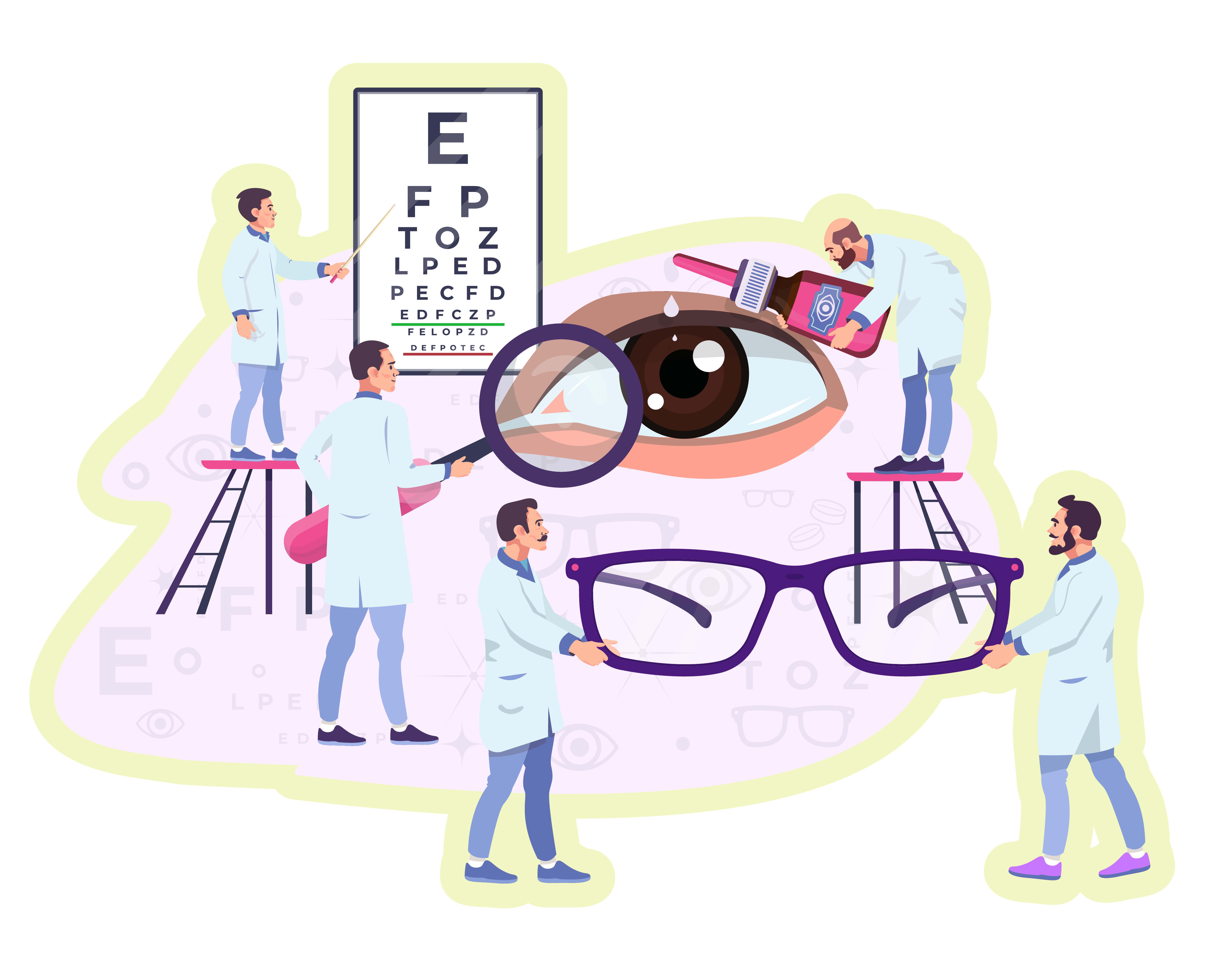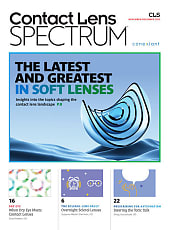At the 2025 meeting of the American Academy of Optometry, the presentation "Rapid Fire: Pearls of Prism Prescribing" revealed shared clinical insights on prescribing prism, emphasizing the blend of science and art required in managing binocular vision disorders. Specifically, presenters Paula Luke, OD, FAAO, of High Point University, and Matthew Truong, OD, FAAO, and Aaron Salzano, OD, FAAO, of Pacific University, reviewed the strengths and limitations of classic prescribing rules, such as those developed by Sheard1 and Saladin,2 and underscored the importance of trial framing and patient response in final decisions.
Wanted: Careful Testing
Through real-world case examples, they illustrated strategies for horizontal and vertical prism prescribing. One case demonstrated how a patient with convergence insufficiency achieved better fusion and comfort through base-in prism, while another highlighted the nuanced management of vertical deviations linked to trochlear nerve palsy. In both cases, the presenters stressed the importance of careful testing—such as Maddox rod, fixation disparity, and vergence ranges—before arriving at a prescription.
The speakers emphasized that although evidence shows limited objective benefit of prism in children with convergence insufficiency, adults often experience symptomatic relief. Ultimately, they advised starting with simple tests, refining with patient feedback, and closely monitoring outcomes.

Special Applications
Drs. Luke, Truong, and Salzano also discussed special applications of prism. Fresnel prisms, although associated with reduced acuity and contrast sensitivity, remain valuable for trialing and temporary treatment. Yoked prisms, particularly in traumatic brain injury patients with visual midline shift, were presented as tools to improve balance and reduce postural instability.
“In my conversations with colleagues, it seems that a lot of optometrists are looking for more consistent ways to prescribe prism,” Dr. Salzano told Optometric Management. “People want to help their patients [who have] eye strain, double vision, and problems like head tilts, but it can be time-consuming and confusing if you don't have a good prescribing method in place or are referring to the myriad of prescribing principles that get tossed around in lectures (such as an arbitrary number like half the vertical, or 2/3)." OM
References
- Sheard C. Zones of ocular comfort. Am J Optom. 1930;7:9-25.
- Saladin JJ, Carr LW. Fusion lock diameter and the forced vergence fixation disparity curve. Am J Optom Physiol Opt. 1983;60(12):933-943. doi:10.1097/00006324-198312000-00001



